A complete guide to Kingston South East, SA
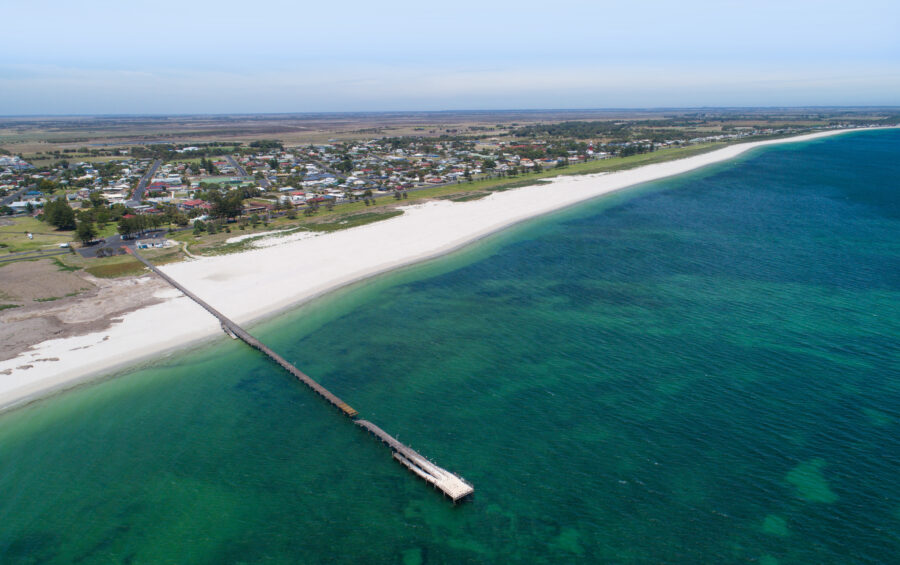
On the shores of Lacepede Bay is Kingston South East, a sleepy beachside town that overlooks the turquoise waters of the Indian Ocean. Both a popular holiday destination and working fishing port, Kingston SE is known for its excellent lobsters and the Big Lobster (its most famous resident ), affectionately nicknamed “Larry the Lobster” by locals.
There’s a wonderful rumour that the lobster’s sculptor, Adelaide artist Paul Kelly, mistakenly fuddled the measurements of his commission and built the lobster in metres instead of feet, with the result the 17m‑high “Big Thing” is three times larger than originally intended. Kelly has denied the story.
Kingston SE lies on South Australia’s Limestone Coast, at the southern end of the Coorong.
The pristine white dunes in Coorong National Park form the longest unbroken stretch of beach in the country, making it a popular spot for surfing, fishing, swimming and four‑wheel-driving
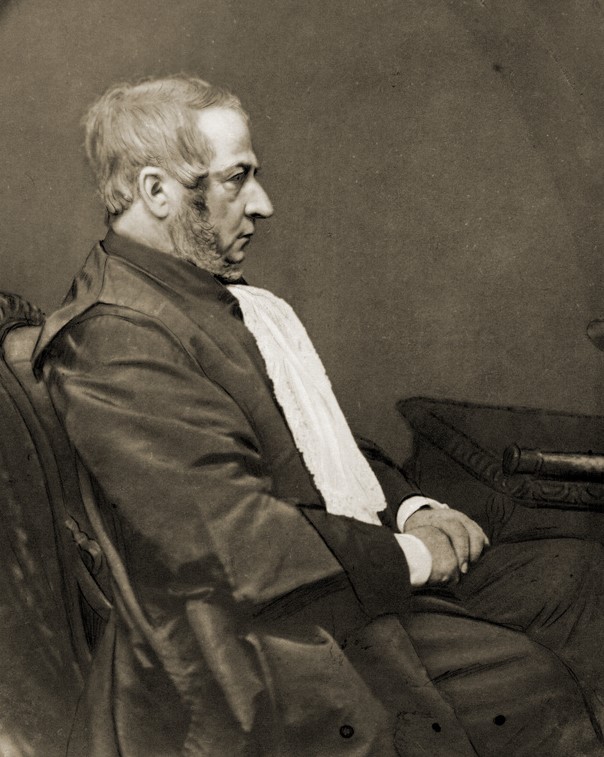
Location
Kingston SE is 294km south-east of Adelaide
via the Princes Highway.
Origin of Name
In 1858 the governor of South Australia, Sir Richard Graves MacDonnell, named the town after George Strickland Kingston (left), an Irish-born architect, politician and government surveyor. It was initially called Kingston, but the “SE” was later added to distinguish it from Kingston on Murray, also in SA.
Vistor Information
Kingston Visitor Information Outlet
Useful Websites
Image credit: courtesy State Library of South Australia
The town is a stone’s throw from Mount Scott Conservation Park, home to a rich diversity of rare and endangered wildlife such as the malleefowl, red‑necked wallaby, silky mouse, common wombat and western grey kangaroo.
To the south of the town you’ll find the 178ha Butcher Gap Conservation Park, a wetland refuge for birds and the winter feeding ground for the criticially endangered orange‑bellied parrot.
Places of Interest
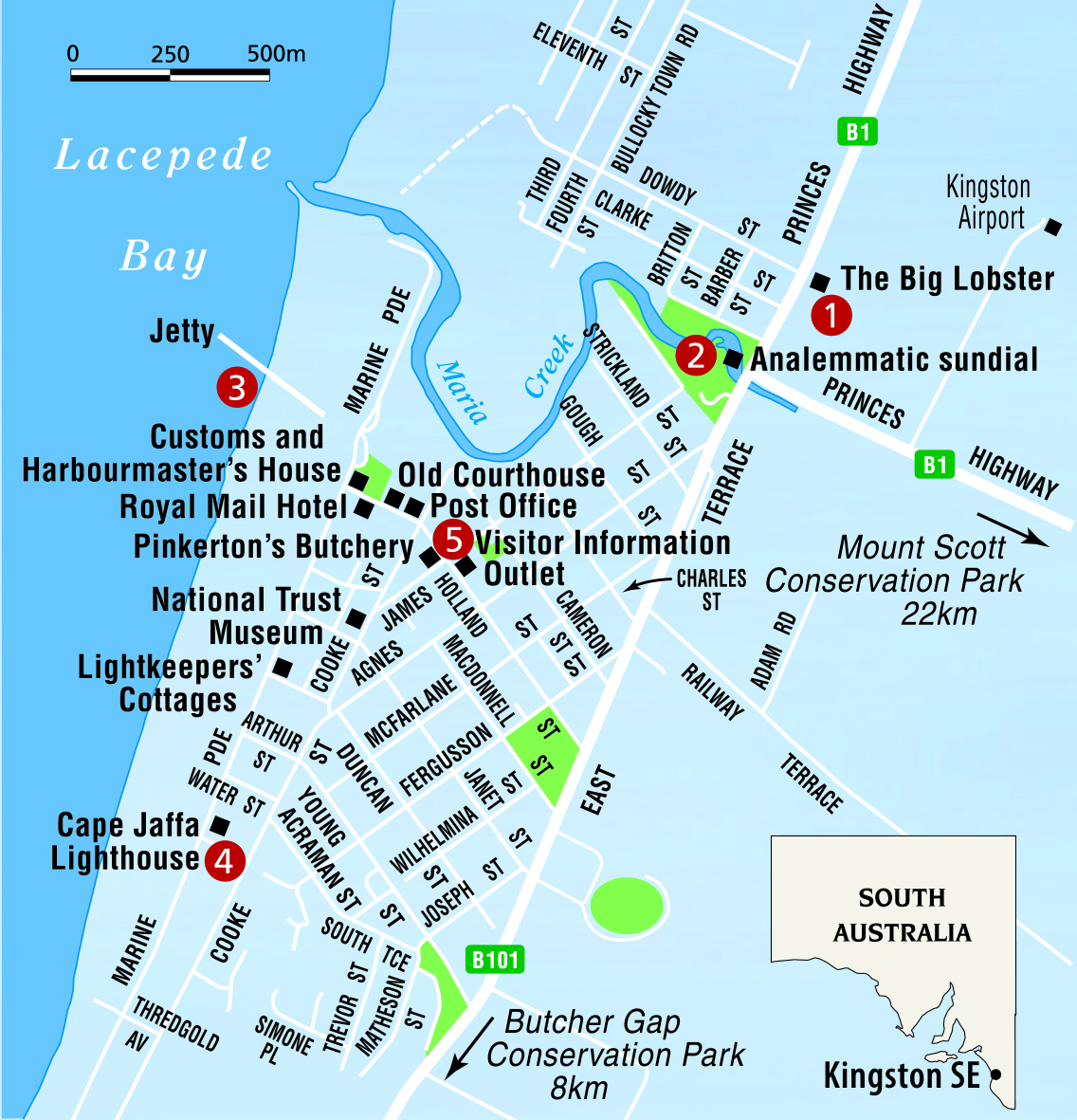
1. The Big Lobster
Standing 17m tall, weighing 4T and with a leg span of 13.7m, “Larry the Lobster” is hard to miss. Local lobsterman Ian Backler commissioned sculptor Paul Kelly for the project, which took six months to build. The Big Lobster was formally opened by the then premier of South Australia, David Tonkin, on 15 December 1979.
2. Sundial of Human Involvement
When the Analemmatic Sundial was built at Maria Creek Island in 1990, it was one of just eight in the world. Also known as a “human sundial”, the timepiece requires the involvement of a human being as the moveable gnomon (the part that casts the shadow). Nearby sculptures were created by Silvio Apponyi. The huge centrepiece is an elephant seal and cub.
3. The Jetty
The water off Kingston SE’s coast is so shallow that when the town’s first jetty was built in 1864–65, it was 155m long and ended in 1m-deep water. A second jetty 1432m long was built in 1876 and reached water just 5m deep; there was a lighthouse on the end. In 1924 the jetty was wrecked by a storm, rebuilt, and then wrecked again in 1958. The current jetty is a remnant of the original.
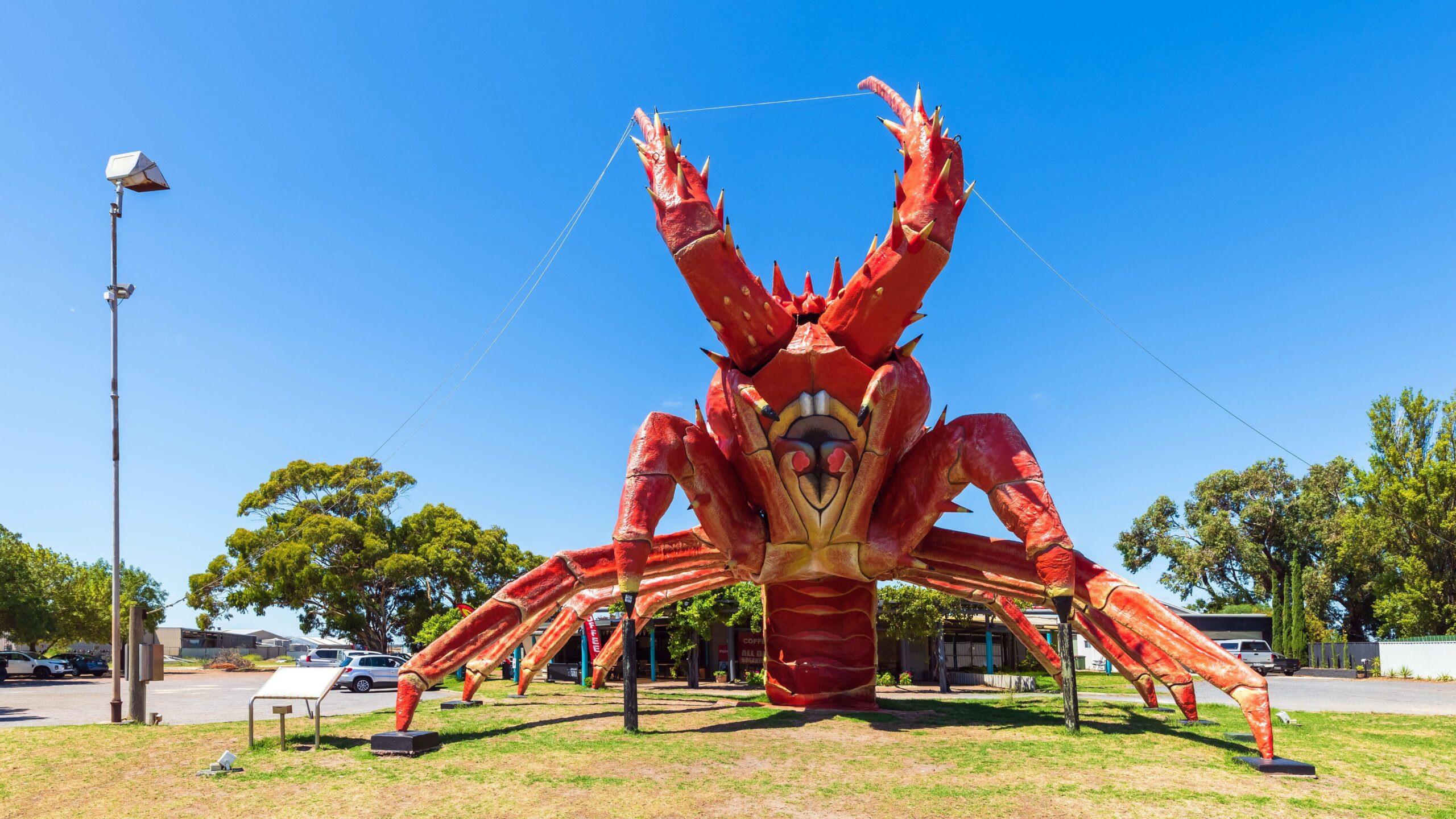
4. Cape Jaffa Lighthouse
The Cape Jaffa Lighthouse began operating in 1872 on Margaret Brock Reef, 26km south-west of Kingston SE. Its unusual design comprises a prefabricated iron tower mounted on a raised platform. It was decommissioned in 1973 and rebuilt at Kingston in 1975–76. It’s open during school holidays 10am–3pm or by appointment.
5. Kingston SE Heritage Trail
This self-guided 90-minute walking tour explores 35 historical sites across Kingston SE, including the Lightkeepers’ Cottages, Customs and Harbourmaster’s House, the Old Courthouse, Telegraph Station and the ornate Kingston Post Office. Drop by Pinkerton’s Butchery, a local family business that first opened its doors in 1883 and is still operating, five generations later. Wet your whistle at the Royal Mail Hotel, with a handsome facade that hasn’t altered since it was built in 1867. The Kingston National Trust Museum is also a must-see, housed inside the J.J. Jarman’s Sawmill and General Merchandise building. Open during school holidays 10am–12pm (or by appointment), the museum’s exhibits include 19th-century fishing paraphernalia, household appliances, telephones, typewriters, saddlery, horse-drawn vehicles, tractors and more.
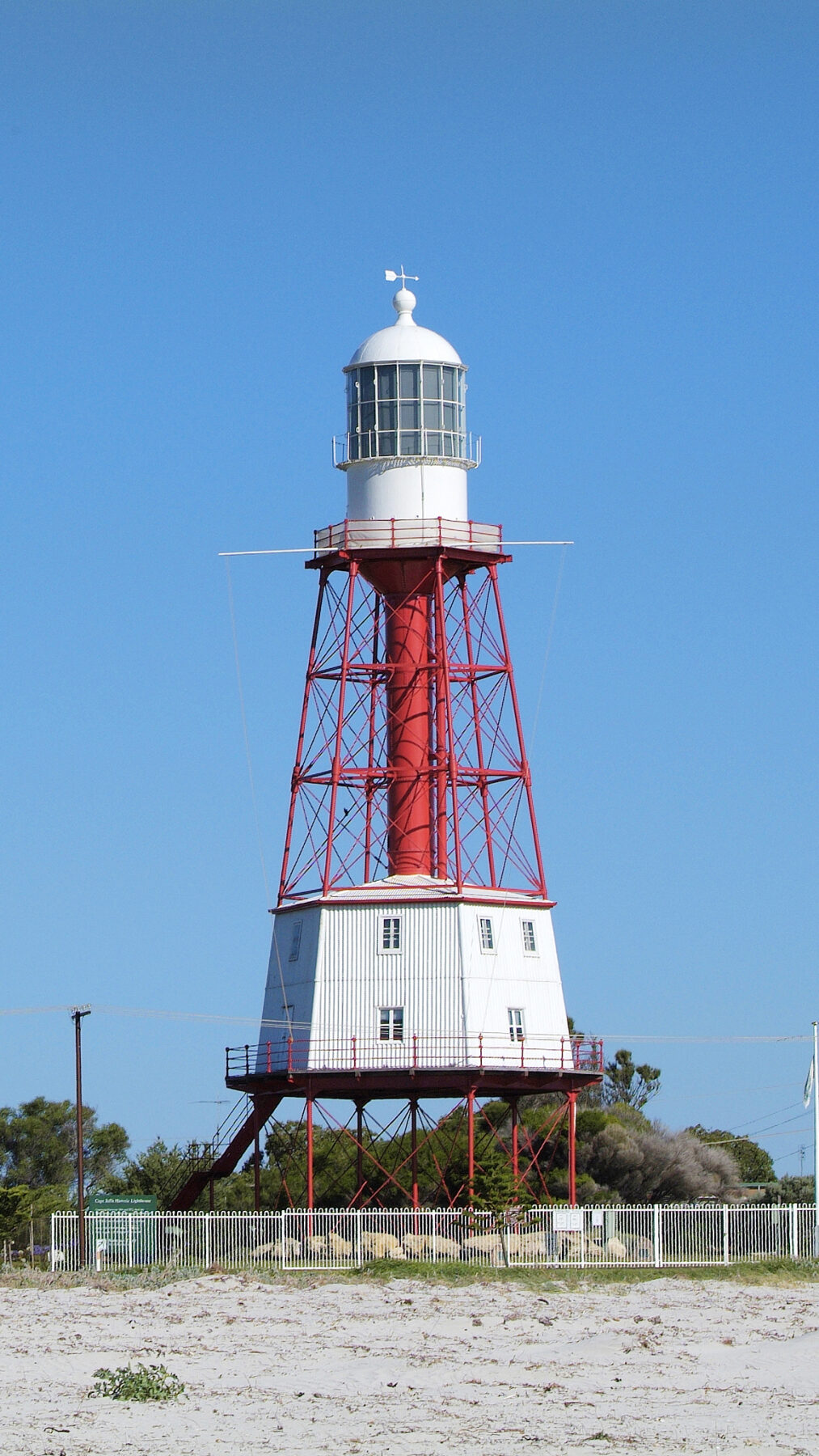
History
The Coorong region and surrounds is home to the Ngarrindjeri people.
The first Europeans to reach the area were sealers, who drifted along the coast in search of seals and sea lions.
On 7 April 1802 the French explorer Nicolas Baudin sailed through the area and named it Lacepede Bay.
The following day, Baudin passed Matthew Flinders off the mouth of the River Murray. The site is called Encounter Bay after their famous chance meeting.
By 1839 at least five European parties had travelled through the region.
Archibald and James Cooke took up a land grant near Maria Creek in Lacepede Bay in 1856.
In 1858 Kingston was founded as a private town and port. Within nine years, the town had a school, post office, police station, two inns, a courthouse, cemetery and jetty.
The Cape Jaffa Lighthouse (right) was completed in 1872.
In 1876 Kingston was linked to Naracoorte by a narrow-gauge horse tramway. In 1877 it became a steam railway.
In 1940 the town was renamed Kingston SE, to differentiate it from Kingston on Murray.
Cape Jaffa Lighthouse was relocated to Kingston in 1975–76.
In 2021 the Big Lobster was voted Australia’s No. 1 Big Thing in a national poll.
Image credit: Getty Images


